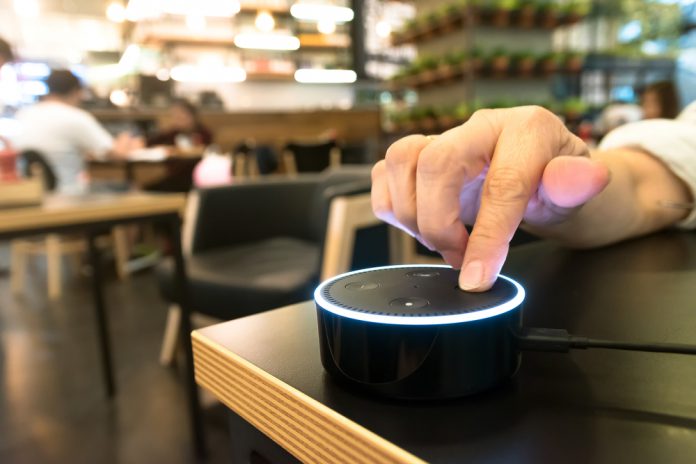
The Alexa Accelerator, the latest project to come from Amazon’s Alexa Fund, is open for applications from startups engaged in advancing voice-powered technologies, interfaces, wearables and hearables.
Applications to the Alexa accelerator opened in January of this year, and can be submitted until April. Ten companies will be chosen to take part in the accelerator, which was announced in the autumn of last year, lasting 13 weeks and taking place this summer in Seattle. Participants will receive $120,000 in exchange for 6 percent of equity.
Earlier this month Techstars named Simply Measured cofounder Aviel Ginzburg as managing director of the accelerator, whose capability for the role derives from almost a decade of investment in Seattle-based start-ups. In a Techstars blog post, Ginzburg said, “Today, Seattle is known by many in the tech world as Cloud City, but it’s my mission to turn Seattle into Voice City.”
Delving further into the type of startups he was looking for, he said:”Personally, I’m super interested in some enterprise use-cases, because I think that’s partially an area that’s been largely underexplored to date.
“A lot of what we’ve seen has been on the consumer side, but I’m interested to see what pops up there. I think obviously anything around connected cars and wearables, it’s just such an obvious application for voice really creating a better experience.”
The Alexa accelerator was created by Amazon’s Alexa Fund, which has so far made investments into several startups in the voice technology sector. According to the fund, it is built on the belief “that voice will fundamentally improve the way we interact with technology.”
Detailing this type of companies that were encouraged to apply, those that produce hardware products for inside the home, outside the home, or on-the-go that would benefit from the Alexa Voice Service were top of the list.
It added that those that develop new abilities to Alexa-enabled devices through the Alexa Skills Kit, as well as new contributions to the science behind voice technology, including text to speech, natural language understanding, automatic speech recognition, artificial intelligence and hardware component design were also welcome.
